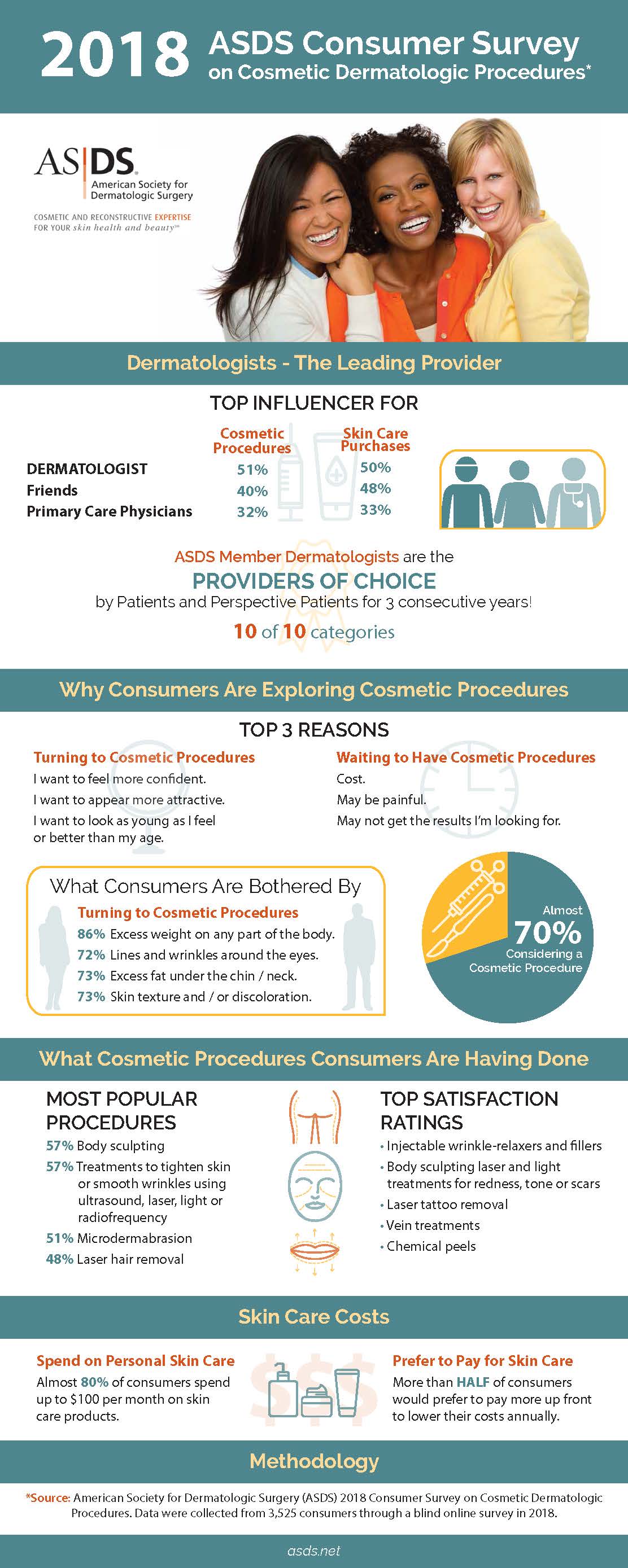Best Scar Creams For Acne Marks
Best Scar Creams For Acne Marks
Blog Article
Acne Therapy - What Are AHAs in Acne Treatment?
AHAs are a vital active ingredient for unclogging pore obstructions and brightening acne-prone skin. They function by breaking down dead skin cell build-up to promote newer, fresher cells, and preventing future obstructions.
Formulating topical AHAs requires careful focus to various essential aspects that dramatically impact their effectiveness and tolerability. Preserving the optimum pH array, in addition to vehicle selection and concentration, magnifies their exfoliative features while minimizing potential unfavorable reactions.
Glycolic acid
Glycolic acid is understood for its moderate yet reliable scrubing properties, which promote skin's natural shedding and loosen the "glue" that holds dead cells externally of the skin. This assists unblock pores and decrease the look of great lines and creases, as well as improve overall skin texture and tone.
Remarkably, topical glycolic acid has likewise been shown to promote the production of collagen, which is vital in preserving skin's suppleness and flexibility. It is very important to keep in mind, nonetheless, that due to the fact that glycolic acid can boost the skin's level of sensitivity to sunshine, it is vital to put on sun block when utilizing any kind of items including this component.
Skin specialists pay cautious interest to the formula of products including AHAs in order to enhance their efficacy and tolerability. Formulating AHAs with the suitable vehicle, along with pH and concentration factors to consider, permits optimum skin infiltration while lessening prospective negative responses. This is especially important for clients with sensitive skin, since AHAs are known to be mildly bothersome.
Lactic acid
Lactic acid is located in lots of over the counter skin care products and some stronger specialist peels and therapies. It has the most affordable molecular weight of all the AHAs and has the ability to permeate deeper into the skin, where it is extra reliable at unclogging pores and scrubing.
Like glycolic acid, it likewise stimulates collagen synthesis, which helps diminish great lines and creases and enhance skin structure. Additionally, it has moisture-retention properties, that makes it preferable for drier skin types than other AHAs.
The extensive body of professional information corroborating the effectiveness of topical AHAs supports their energy in a variety of skin-related conditions and aesthetic problems. These consist of elaborate skin rejuvenation treatments, depletion of fine lines and wrinkles, lightening of hyperpigmentation, healing intervention for actinic keratosis, and acne management [2] Maximizing the formula of AHAs by balancing pH, focus, and car selection better improves their therapeutic potential. These mindful considerations enable skin doctors to provide safe and reliable therapies that offer premium scientific results.
Mandelic acid
Mandelic acid, stemmed from ultherapy almonds, is an additional member of the AHA family members and is a prominent ingredient in items that assist deal with acne. Its bigger molecular dimension suggests it permeates the skin more slowly and carefully, which can reduce the potential for inflammation. It's also less likely to trigger soreness and other skin level of sensitivity problems, making it appropriate for delicate skin types.
Mandelic Acid is thought to help in reducing inflammation and increase hydration. It works by loosening up the bonds in between dead skin cells, allowing them to lose and reveal fresher-looking skin. It additionally helps reduce the appearance of bigger pores.
Formulating topical products with AHAs needs a precise equilibrium of essential variables that substantially impact their effectiveness and tolerability. In particular, the pH of an AHA solution has been revealed to play a crucial duty in its capability to advertise exfoliation and boost skin tone and appearance. Achieving this optimum concentration is a tough goal and needs meticulous interest to the various aspects that impact the formula process.
Citric acid
Citric acid, discovered in citrus fruits such as oranges and lemons, is a light AHA. It's less bothersome than glycolic or lactic acid, making it more suitable for delicate skin. It also has astringent residential properties, helping to dry excess oil.
Like other AHAs, citric acid can be utilized in chemical peels and day-to-day active/maintenance treatments to scrub the skin and promote cell turn over. It can help reduce the look of dark places and hyperpigmentation, as well as great facial lines.
It can likewise raise the synthesis of glycosaminoglycans, which play an essential duty in strengthening the skin obstacle feature. This helps to prevent trans-epidermal water loss, and keep ideal hydration degrees in the skin [35]
AHAs can be incorporated with relaxing active ingredients such as ceramides or hyaluronic acid to improve their tolerability. They can be integrated right into daily active/maintenance skin care via cream or lotion solutions. This allows specialists to tailor their AHA treatments based upon person requirements and choices, with the versatility of choosing from various therapy strengths or concentrations.